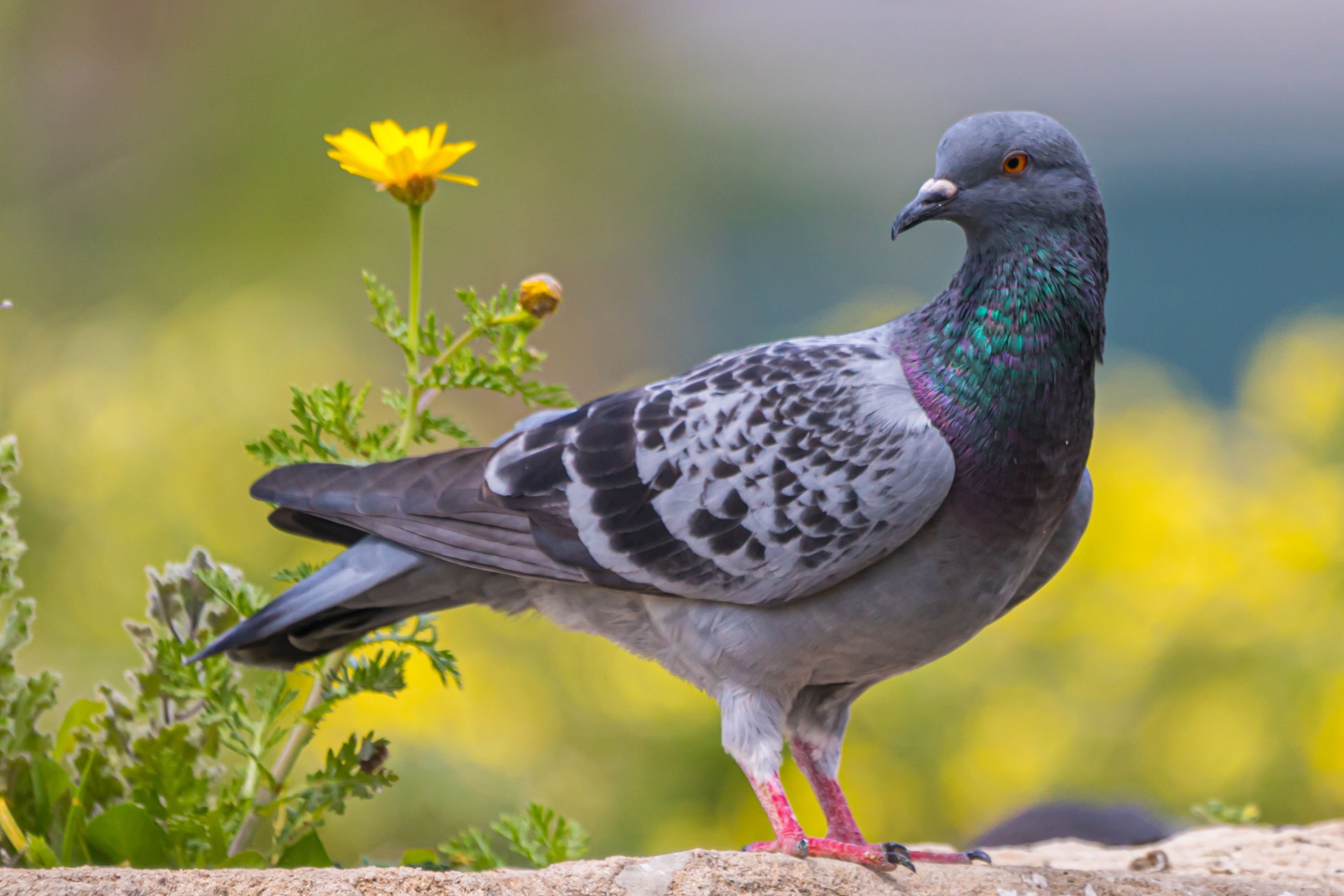The Last Surviving Passenger Pigeon Died In 1914 And Her Body Is Now Frozen Into A 300-Pound Block Of Ice At The Smithsonian’s Museum Of Natural History

In 1813, passenger pigeons were in abundance across the United States. Flocks of them used to fill the skies.
Some scientists thought that they once made up 25 to 40 percent of all birds in the country. Now, sadly, they are extinct.
On September 1, 1914, Martha, the passenger pigeon, was found dead on the floor of her cage at the Cincinnati Zoo.
She was the last surviving member of her species. Previously, two male passenger pigeons had died in the same zoo in 1910.
Immediately after Martha was discovered, her body was frozen into a block of ice that weighed 300 pounds and sent to the Smithsonian’s Museum of Natural History, where it has stayed ever since.
At the museum, it was preserved as a taxidermy mount and an anatomical specimen. The specimen is one of the most valued treasures of the Smithsonian Institute.
It has also served as a reminder of the dangers of species extinction, especially with the current state of our planet.
“Before the 1840s, [passenger pigeons] were one of the most numerous species of birds in North America,” James Dean, the collections manager in the division of birds at the museum, said. “They occurred over much of the United States, from the central plains all the way over to the east.”
Passenger pigeons were twice the size of common pigeons. They lived in large flocks and primarily ate seeds and nuts.
Gordon – stock.adobe.com – illustrative purposes only, not the actual pigeon
Sign up for Chip Chick’s newsletter and get stories like this delivered to your inbox.
During the last half of the 19th century, their populations experienced a sharp decline. People were cutting down trees to clear areas for houses and farmland, which disrupted the lives of the birds. Since they congregated in large flocks, they needed vast forests to roost and feed in.
In addition to the loss of habitat, commercial sales of pigeon meat, which was considered a cheap source of protein, contributed to the extinction of the passenger pigeon. The birds’ tendency to gather in huge flocks made them easy targets for hunters.
“Commercial hunters would get word that a flock had shown up at some locality, and the hunters would go and set off nets or just fire repeatedly with their shotguns,” Dean said.
“The flock was such a tight-knit group that even as individuals were falling and dying, the rest of the flock wouldn’t leave.”
When scientists realized that the species was going to die out, efforts were made to save the passenger pigeons.
However, they were too late. The birds could not be bred successfully within small groups in captivity. So, when Martha died, the passenger pigeons were no more.
Decades later, the world is warming faster today than at any other point in recorded history, and more and more creatures are at risk of being wiped out, making the story of the passenger pigeon more relevant than ever.
Welcome to Billionaire Club Co LLC, your gateway to a brand-new social media experience! Sign up today and dive into over 10,000 fresh daily articles and videos curated just for your enjoyment. Enjoy the ad free experience, unlimited content interactions, and get that coveted blue check verification—all for just $1 a month!
Account Frozen
Your account is frozen. You can still view content but cannot interact with it.
Please go to your settings to update your account status.
Open Profile Settings